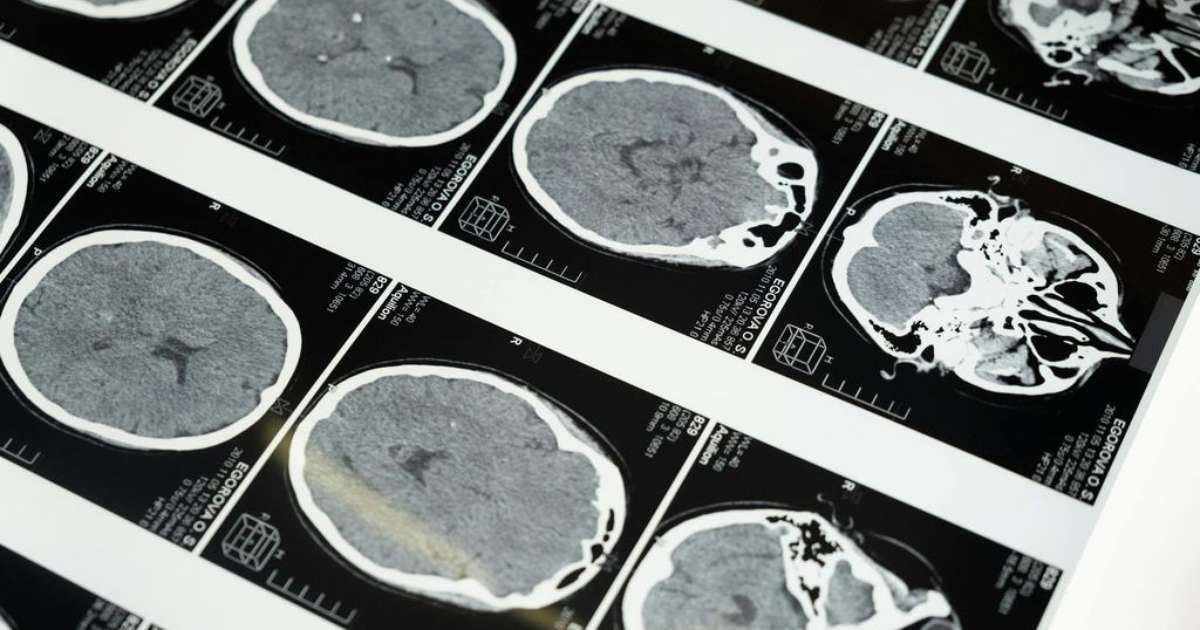The training is part of the implementation of the first dendrochronology laboratory in Amapá. Do you know how to calculate the age of trees? One way is to use dendrochronology, a technique based on studying the growth rings of trees. Embrapa Amapá held a training course on this method from June 5 to 9, including activities at the Forest Resources Laboratory and the collection and analysis of a sample of Samumera located in front of the Public Ministry Prosecutor’s Office in Amapá, in Makapa (AP). The term dendrochronology comes from the Greek (dendro: tree. chrono: time. logia: study). In other words, it is the science of studying the dating of the growth ring. One of the main objectives of this training is to help implement the first Dendrochronology Laboratory in Amapá State, based at the Nucleus of Forestry Resources in Embrapa Amapá. It was aimed at researchers, graduate students and technicians from science, technology and innovation institutions, command and control bodies, corporations and other interested parties associated with forest policy in Amapá and interested in dendrochronology. The research receives funding from CNPq and the State Secretariat for Science and Technology, and the program included everything from basic concepts to understanding dendrology, field collection of specimens, analyzes to determine dating of specimens, practice using a measurement table (Lintab), and counting the number of collected tree growth rings for statistical analysis of data and the relationships between growth rings and climate variables. Postdoctoral researcher at the University of Arkansas, Daniela Granato de Souza, served as instructor for the course, which was coordinated by embrapa amapa researcher, Marcelino Guedes, and doctoral student in the Graduate Program in Biodiversity, Anderson Firmino. The Environment Prosecutor, Marcelo Moreira, and a technical team from the State Attorney’s Office accompanied the activity of collecting material from the Samumera tree for dendrochronology research. According to the course materials, the dendrochronology method allows obtaining an annual resolution of the dates assigned to the growth rings, which contributes to the sciences derived from dendrochronology, such as arboreal climatology, which is the study of past climate through growth rings as climate proxies; and with arboreal ecology, studying the growth dynamics of tree specimens; It also helps in understanding the environmental factors that contribute to forest development and conservation. This exercise is part of the project “Estimating the Age and Growth of the Amazon Coconut Tree Through Dendrochronology,” approved in a public notice by the State Foundation Research Support Network in Amapap (Fapeap), and implemented using resources from CNPq and the State Secretariat for Science. and technology (Setec), and is backed by startup Inova Manejo.
The training is part of the implementation of the first dendrochronology laboratory in Amapá. Do you know how to calculate the age of trees? One way is to use dendrochronology, a technique based on studying the growth rings of trees. Embrapa Amapá held a training course on this method from June 5 to 9, including activities at the Forest Resources Laboratory and the collection and analysis of a sample of Samumera located in front of the Public Ministry Prosecutor’s Office in Amapá, in Makapa (AP). The term dendrochronology comes from the Greek (dendro: tree. chrono: time. logia: study). In other words, it is the science of studying the dating of the growth ring.
One of the main objectives of this training is to help implement the first Dendrochronology Laboratory in Amapá State, based at the Nucleus of Forestry Resources in Embrapa Amapá. It was aimed at researchers, graduate students and technicians from science, technology and innovation institutions, command and control bodies, corporations and other interested parties associated with forest policy in Amapá and interested in dendrochronology.
The research receives funding from CNPq and the State Secretariat for Science and Technology
The program included everything from basic concepts for understanding dendrology, field collection of specimens, analyzes to date specimens, practice scale table (Lintab), and growth rings calculation for the collected tree, to statistical analyzes of the data and relationships of growth rings with climatic variables. University of Arkansas postdoctoral researcher Daniela Granato de Souza served as instructor for the course, which was coordinated by embrapa amapa researcher Marcelino Guedes and PhD student in the Graduate Program in Biodiversity Anderson Firmino. The Environment Prosecutor, Marcelo Moreira, and a technical team from the State Attorney General’s Office accompanied the collection of materials from the Samumera tree for astrology research.
According to the course materials, the dendrochronology method allows obtaining an annual resolution of the dates assigned to the growth rings, which contributes to the sciences derived from dendrochronology, such as arboreal climatology, which is the study of past climate through growth rings as climate proxies; and with arboreal ecology, studying the growth dynamics of tree specimens; It also helps in understanding the environmental factors that contribute to forest development and conservation.
This instructable is part of the project “Estimating the Age and Growth of the Amazonian Chestnut Tree Using Dendrochronology,” approved in a public notice by the State Foundation Research Support Network in Amapa (Fapeap) Network of Science, and implemented using resources from CNPq and the State Secretariat for Science. and technology (Setec), and is backed by startup Inova Manejo.

“Hardcore beer fanatic. Falls down a lot. Professional coffee fan. Music ninja.”







More Stories
FCA/Unesp Botucatu will host the 5th Soil Science Meeting in São Paulo
Science may have found the origin of altered states of consciousness
A highly contagious virus fills hospitals in Brazil